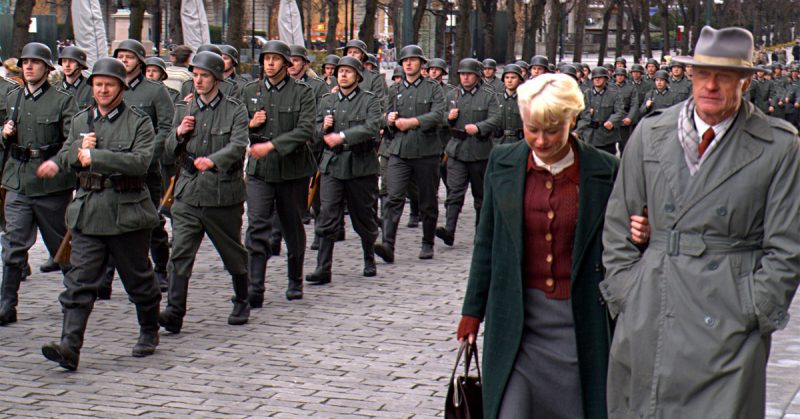Without a doubt, films that tell stories of those who resisted Germany’s Nazi regime while under occupation during World War II are a popular topic for military history aficionados and audiences in general.
Film studios continue to revisit this theme even 75 years after the events that these films portray. The success of Quentin Tarantino’s Inglourious Basterds with its all-star cast is evidence of our lust for stories about those who would stand against an evil regime.
Here is a list of five of the best films depicting the often-unsung heroes of World War II. They hail from a variety of perspectives throughout the European theater, but they all endured life under occupation.
Congratulations to those readers who have seen all the movies listed, but just in case you missed a couple, any of these films are worth a few hours of your day. Of course, this list isn’t exhaustive so let us know which of your favorites aren’t included.
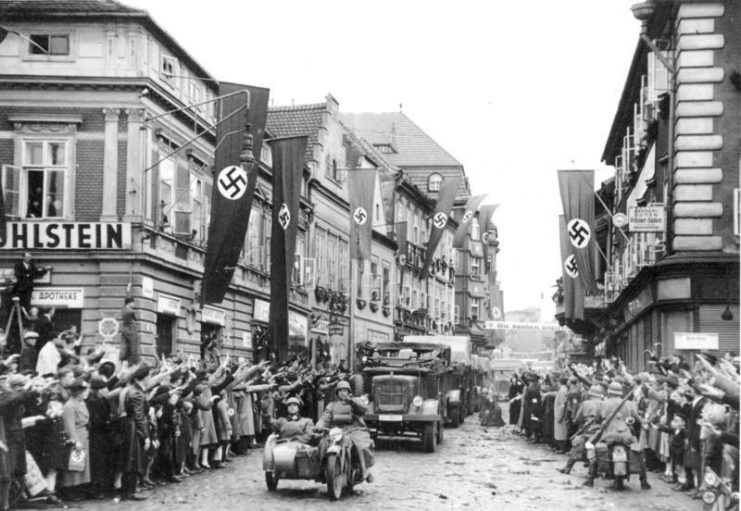
Max Manus
The film Max Manus is based on the real-life exploits of its namesake during World War II who was part of the Norwegian resistance movement. The film was released in Norway in 2008 roughly 12 years after Manus passed away.
The story stays fairly true to actual events and follows Manus after the Winter War in Finland where he had volunteered. It details the backdrop under which he joins the resistance as well as his frustrations with the lack of action against the German occupation.
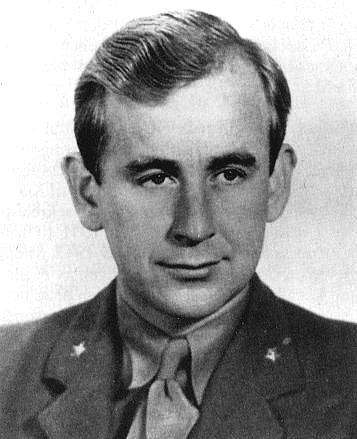
Manus ends up going to England where he is trained as a commando with other Norwegians. Then, he makes his way back to his homeland to conduct sabotage and disinformation campaigns against the Germans.
For once in a partisan film, the movie’s romance is actually based on real people since Manus meets his future wife. She was working in neutral Sweden during one of his missions.
The film was largely successful but did have its detractors. Some criticism was leveled against the Norwegian resistance in general as being counter-productive during the war, but Manus is still considered a hero to most.
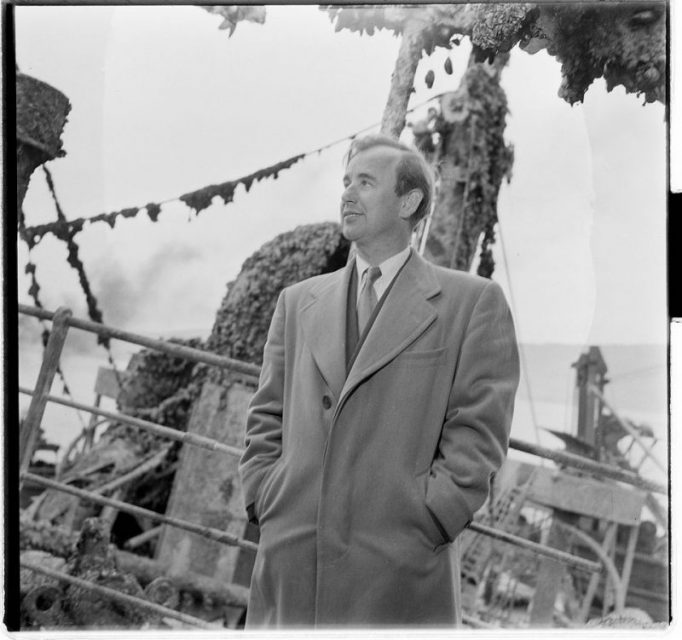
Flame and Citron
Denmark also released a 2008 film about two men in the Danish resistance which worked to thwart the Germans during the occupation in World War II.
The film is a classic adventure, war, and romance offering with plenty of intrigue, betrayal, and deceit, all of which ultimately led to the deaths of many of those in the resistance movement.
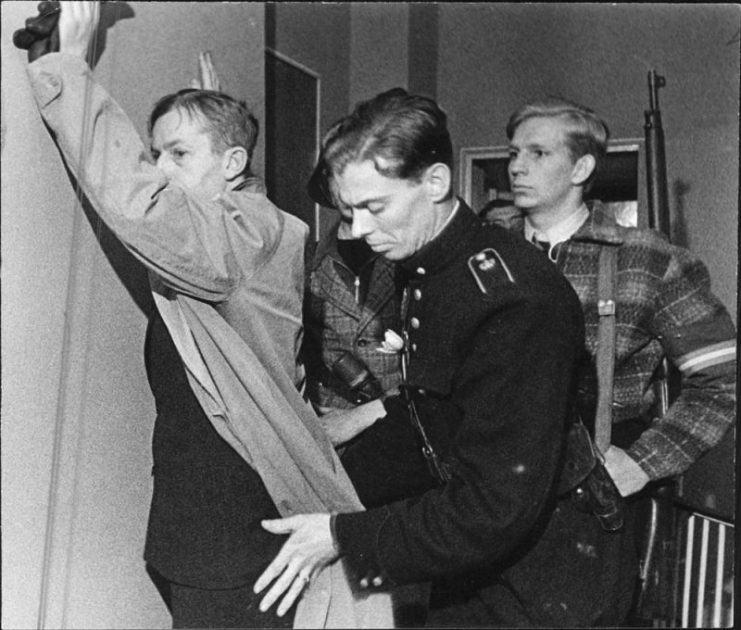
Flame and Citron had its share of critics and support in the way the film portrayed the Danish resistance during the war. One thing that was generally agreed upon by both sides is that there were substantial fractures within the resistance movement.
The unwillingness or inability of the Danes to document many of the actions of its citizens in the war for a variety of reasons is certainly central to the debate, but the film is good stuff for non-partisan (pun intended) audiences.
The movie was generally well received by audiences and won several awards.
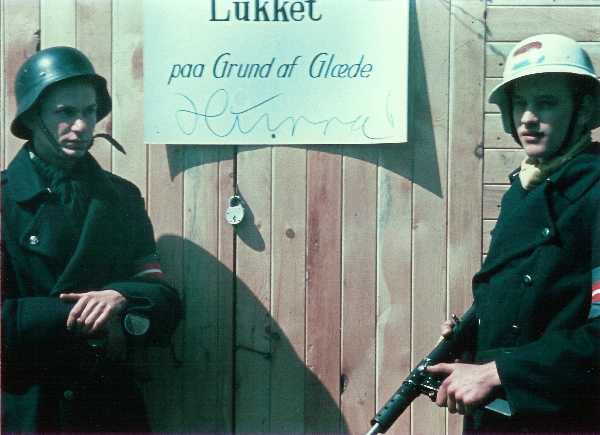
Army of Crime
In 2009, France followed the partisan genre in releasing Army of Crime. The opening of the film sets the stage for the tragic ending in an ominous way by naming the resistance members that were executed followed by the phrase: “died for France.”
The title of the film is based on the famous propaganda poster, “Affiche Rouge,” that labeled the executed resistance members as criminals and not liberators by the Vichy government.
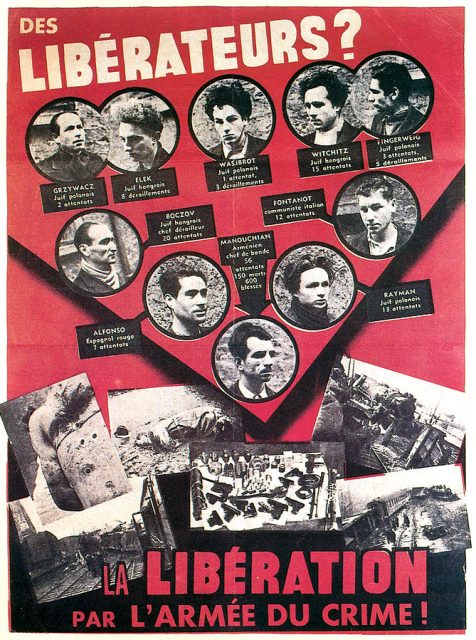
The story follows real-life characters and events in the resistance network known as the Manouchian Group after its leader Missak Manouchian. Manouchian was a French-Armenian who had settled in France following the Armenian genocide.
Many of the members of the group weren’t even French but chose to fight the German occupiers and the Vichy collaborators while promoting Communist ideology.
The group had over 100 members of whom 23 were captured in late 1943. These prisoners were subjected to a much-publicized show trial that was attended by French celebrities and government officials.
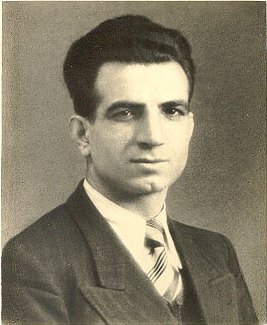
Twenty-two of them were executed by firing squad in February 1944, except for one woman who was sent to Germany where she was decapitated later that year.
The iconic poster was displayed throughout Paris in the spring of 1944 and was quickly the target of graffiti with the words “died for France” added to many of them. Flowers were also placed beneath many of the posters.
The film received mostly positive reviews domestically and internationally, despite the communist roots of the group.
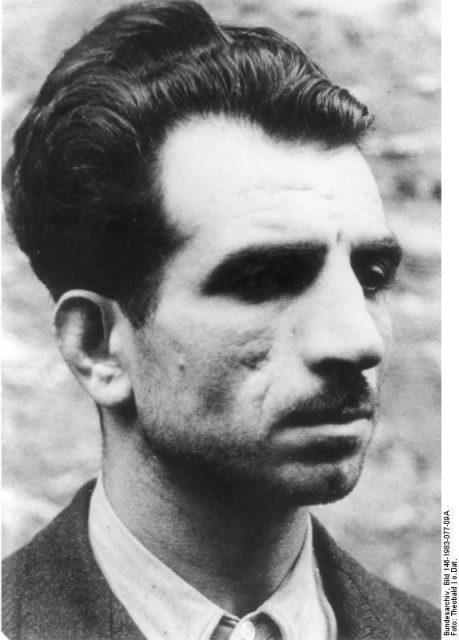
Bundesarchiv, Bild 146-1983-077-09A / Theobald / CC-BY-SA 3.0
Come and See
The 1985 film Come and See was released in the Soviet Union on the 40th anniversary of the end of the Great Patriotic War (the Soviet name for World War II). It has since garnered significant praise as one of the best films about the war.
The title is taken from the Bible in a verse about the apocalypse where one of the Four Horsemen of the Apocalypse offers an invitation to “come and see.”
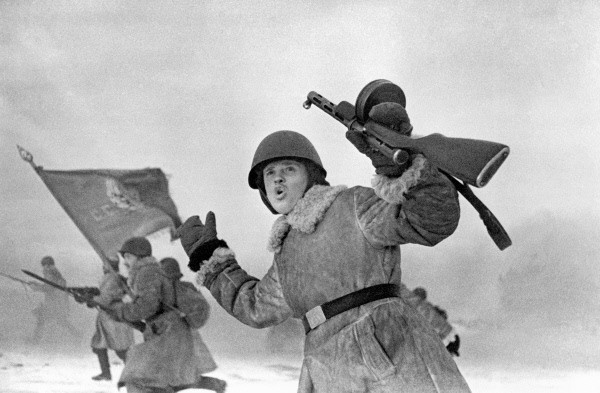
The film is centered on a Belorussian peasant boy who searches for and finds a buried rifle in order to be granted acceptance into the partisans. This begins his odyssey as he meets other characters and witnesses the carnage of the war.
No professional actors were used, and much of the action involves live ammunition as opposed to “blanks.” It can be slow at times, and many scenes lack dialogue, instead offering extreme pantomiming in typical Russian symbolic fashion.
The movie is extremely violent and shocking at times in its depiction of events. Although the story itself is fictional, the events portrayed are all based on actual occurrences in Belarus during the German occupation.
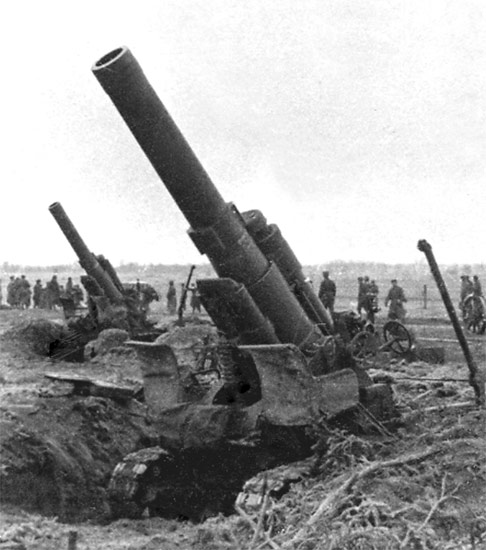
The ending scene displays text reminding audiences that the Germans burned 628 Belorussian villages and their residents during the war.
Defiance
Rounding out the list is the 2008 English language film Defiance. The movie is based on the real-life exploits of the Jewish Bielski brothers who fled the German occupation for the hills and forests where they fought as partisans during the war.
It is an adaptation of the book of the same name by Nechama Tec, which was published in 1993. The movie stars Bond man, Daniel Craig, as the central character.
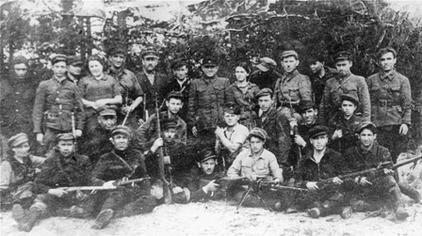
It has many gripping action sequences as well as good character development which keeps the story moving and interesting. Overall, it was a commercial success but had mixed reviews on various aggregate sites and with critics.
Read another story from us: The Most Underwhelming War Movies EVER Made
The Bielski brothers certainly were no saints in reality, but many of their difficult decisions during the war are toned down in the film. While this may have disappointed some historians, it is an English language film and as such gave the “heroes” a pass on some of their less than stellar behavior during the war.
Three of the brothers survived the war although one joined the Red Army and was killed in action. The others emigrated to the United States where they founded a successful trucking company.
